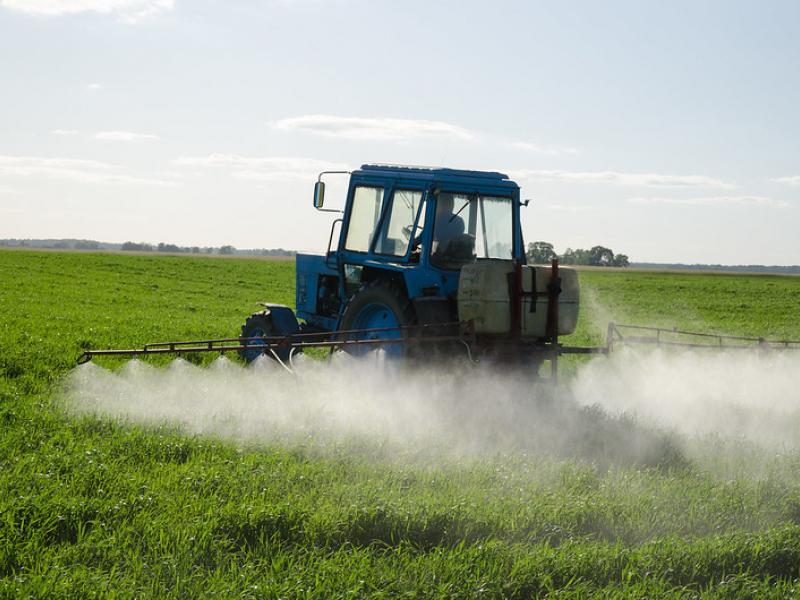Strategic hazardous pesticide bans

Description of the innovative solution
Pesticides, a label which covers a wide range of compounds from insecticides and fungicides, to nematicides and plant growth regulators, are used extensively in agriculture to target and kill pests and thus increase yield quantity and quality. Yet in response to deleterious side effects of pesticide usage, bans on the use of hazardous pesticides have occurred at varying levels of governance. Approximately 2 million tonnes of pesticides are utilized annually, with herbicides making up almost half of that, followed by insecticides, fungicides, and then other pesticides. They are generally...
Pesticides, a label which covers a wide range of compounds from insecticides and fungicides, to nematicides and plant growth regulators, are used extensively in agriculture to target and kill pests and thus increase yield quantity and quality. Yet in response to deleterious side effects of pesticide usage, bans on the use of hazardous pesticides have occurred at varying levels of governance. Approximately 2 million tonnes of pesticides are utilized annually, with herbicides making up almost half of that, followed by insecticides, fungicides, and then other pesticides. They are generally considered fairly economical and effective. Yet the toxicity of these chemicals to pests also makes them toxic to humans, and increasing public alarm is being raised on their use and their implications for health generally, but especially for the health of certain groups of people like farmworkers. Further, a range of other unintended consequences can occur, especially when pesticides are used in high quantities. For example, the microflora and microfauna of ecosystems are damaged by pesticides, and absorption of critical nutrients by plants is hindered by them as well.
Examples and additional resources
Real-world examples
See this solution in action in different contexts and settings around the world
Suicide by pesticide self-poisoning in India
Danish National Actionplan on Pesticides
Additional resources
Learn more about this solution through studies, articles, business cases, and other information
2018 EU report on pesticide residues in food
Epidemiology of Pesticides Developing Countries
Contacts
Connect to others working on and with this solution around the world
Pathways to uptake
Engage with our “backcasting tool” to imagine and design “pathways to uptake” for this solution in your setting.
This process involves defining a future vision of this solution being used in your context, and then working “backwards” to identify necessary steps to achieve this vision by 2030. Going through this exercise as an individual or with a team can help to clarify the WHAT/WHEN/HOW of moving a solution (or package of solutions) towards having major impact. We hope these pathways will inspire outside-of-the-box thinking, creative approaches, and actionable concrete steps to move ideas into action.
Pathway builder
Explore pathways for this solution
Be the first one and add a pathway for this solution!